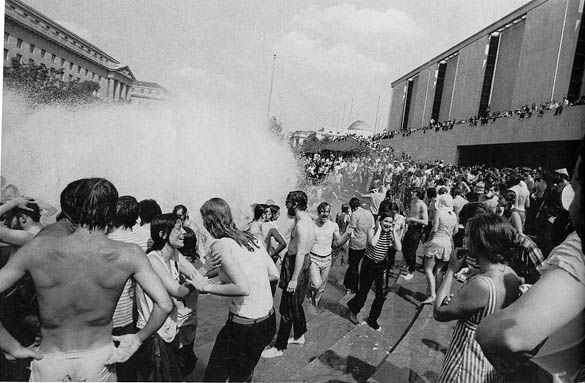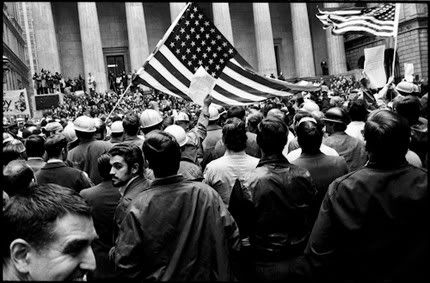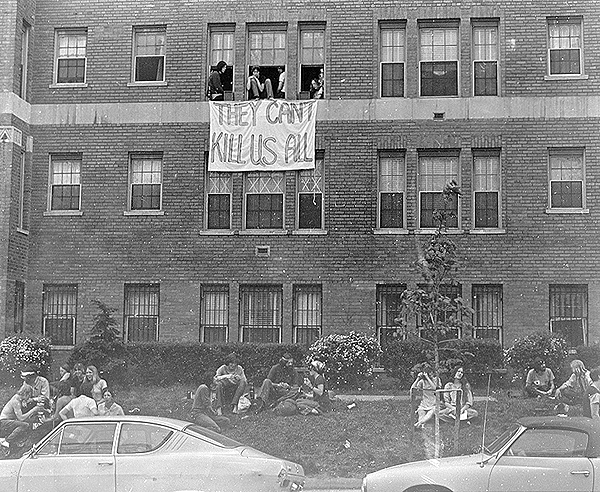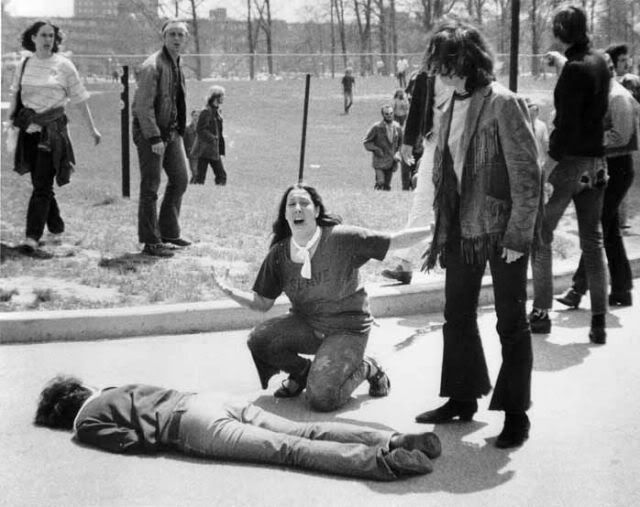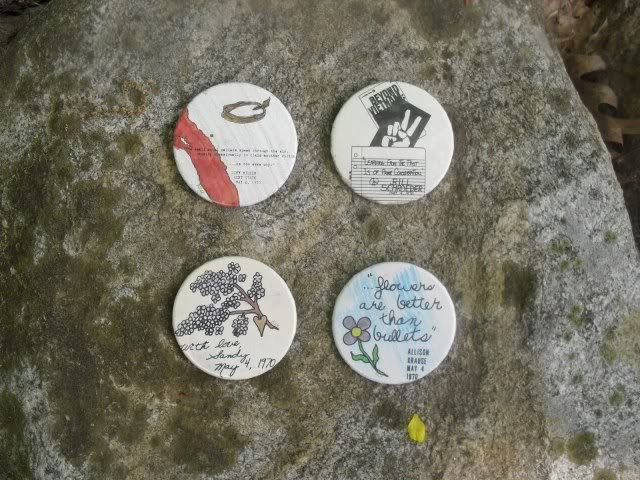Though the national student strike was three weeks old on May 21, 1970, it was not yet over. While this is a day late for the 40th anniversary, I am going to highlight the day in two separate posts.
Ohio State University saw one of the biggest clashes of the whole May upsurge with hours of mobile combat as students and townspeople from Columbus took on the Ohio National Guard, even though they were the force that had gunned down four students at Kent State University on May 4.
Actually Governor Rhodes had initially mobilized the Guard at the end of April, because OSU had already blown wide open, even before the Cambodia invasion and the start of the national student strike. As at other campuses, the issue of racism was an initial trigger, with two Black students brought up on charges after a March 13 protest.
On April 20, 100 students in the School of Social Work had walked out, demanding more student voice in decisions, followed a day later by protests targeting recruiters for corporations from the military-industrial complex at a campus jobs fair. Various activist groups united and issued a joint call for a student strike to begin on the April 29, a call quickly endorsed by the student government.
The strike started successfully with picket lines closing classes and a 2000 strong rally on the Oval. By evening it had evolved into a blockade at the campus gates to keep out the Ohio Highway Patrol, called in by the administration. After a night of fighting and 300 busts, student heading for the Oval on the 30th found their campus occupied by the Ohio National Guard.
The Guard teargassed a rally of 4000 students that day. Following days saw more fighting and more gas. On the May 4, the administration finally started making concessions, even as the Guard occupation and the strike continued. Once the news from Kent State hit, it was too little, too late. The protests stepped up!
Two days later the administration announced the suspension of classes. OSU was closed effective May 7 at Governor Rhodes’ urging. They tried to reopen it on the May 19. Mistake. Two days later, renewed clashes erupted on the campus and spilled into adjacent Columbus. Scores were arrested. The strike was still on!


